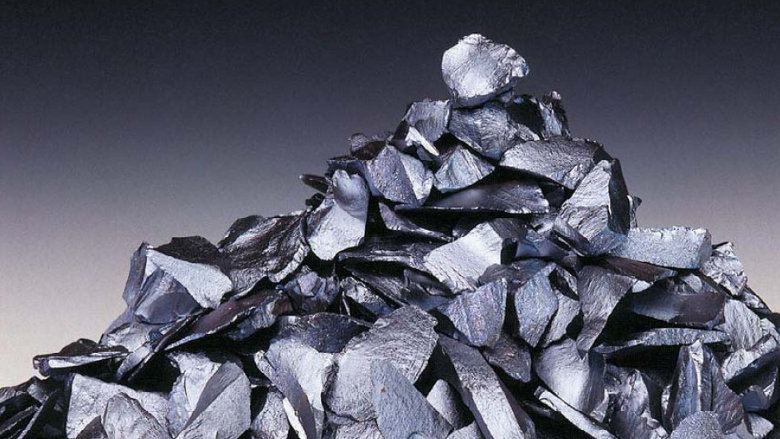Chinese polysilicon giant Daqo New Energy has reaffirmed its commitment to a huge production capacity expansion strategy in its unaudited figures for the final three months of last year and for the full-year 2018 figures.
But the Chongqing-based poly maker hinted this year’s ambitious capital spending plans would make for one final push – for the time being at least – with CEO Longgen Zhang stating in his remarks on the figures, “the pace of new capacity expansion within the polysilicon industry will smooth out”.
Not just yet though, with Daqo confirming a five-year, RMB400 million ($59.6 million) capital project loan and a RMB50 million working capital credit line from the state-owned Bank of China was secured last month, as part of an RMB830 million borrowings warchest to build the company a 70,000 MT production capacity by this time next year.
And the figures released by the poly maker today spelled out why such an expansionary approach could pay off. The CEO said the global oversupply of PV modules caused by the decision of the Chinese government to reduce public subsidies for solar at the end of May drove down prices so far it spurred overseas markets so that prices have now “achieved equilibrium again”.
Falling prices – and costs
Polysilicon average selling prices are still falling – from $10.79/kg in Q3 to $9.69 in Q4 – and the 5/31 policy shock hit revenue and profit figures compared with the numbers posted at the end of 2017, during the Chinese solar boom. Revenue fell from $119 million in 2017 to $75.6 million, gross profit slumped from $68.1 million to just $16.9 million, year on year, and net income retreated from $57.7 million to $17.1 million.
But with Daqo shaving a full dollar per kilogram off its production costs – from $8.94/kg in Q3 to $7.94 – and reaping the rewards of the early stages of its production ramp-up to make and ship record volumes of product, the impact of the price retreat was minimized.
The manufacturer, which sold off its wafer making operation in September, produced some 7,301 MT of poly in the final three months of 2018, up from 4,734 MT in the previous reporting period. Sales volumes to customers other than its former wafer business rose from 6,199 MT to 7,030 MT, quarter-on quarter, and similar figures are expected in the full year stats. Daqo expects to have produced 23,351 MT in 2018, up from 20,200 at the height of the Chinese boom in 2017, with non wafer unit sales up from 17,950 MT to 22,521 MT.
The company was paying $9.40 to produce each kilo of product during 2017 but Daqo predicts the economies of scale it will enjoy this year will see the production cost retreat even further, to around $7.50/kg. With the phase 3B production expansion project in Xinjiang completed three months early and operating at full capacity in November, Daqo is about to start a three-and-half-month drive to upgrade older chemical vapor deposition (CVD) furnaces that will add another 5,000 MT of annual capacity.
More, more, more
The upgrade project, said Daqo, means it expects to manufacture only 7,600-7,800 MT of poly in the next quarter – down from the 8,500-8,700 MT it expects to have made in this three-month period – but it will then have a 35,000 MT annual production capacity… until that doubles with the completion of the mammoth Phase 4A project.
Perhaps the most remarkable feature of the Daqo update is the rabbit the company appears to have pulled out of the hat concerning its balance sheet, with total borrowing having actually fallen, from $185.2 million at the end of 2017 to $172 million. That Q4 figure had risen from the $165.3 million posted at the end of Q3 last year but nevertheless demonstrates that aggressive expansion appears to be paying off.
Small wonder the outlook for this year was full of optimism, with Daqo predicting demand will return in China in the second half of the year as the nation installs 40-45 GW of an anticipated 120-140 GW of new solar capacity worldwide.
This content is protected by copyright and may not be reused. If you want to cooperate with us and would like to reuse some of our content, please contact: editors@pv-magazine.com.




By submitting this form you agree to pv magazine using your data for the purposes of publishing your comment.
Your personal data will only be disclosed or otherwise transmitted to third parties for the purposes of spam filtering or if this is necessary for technical maintenance of the website. Any other transfer to third parties will not take place unless this is justified on the basis of applicable data protection regulations or if pv magazine is legally obliged to do so.
You may revoke this consent at any time with effect for the future, in which case your personal data will be deleted immediately. Otherwise, your data will be deleted if pv magazine has processed your request or the purpose of data storage is fulfilled.
Further information on data privacy can be found in our Data Protection Policy.